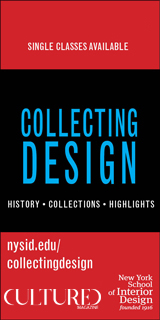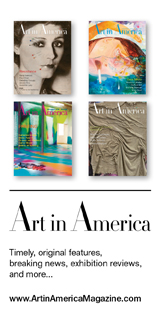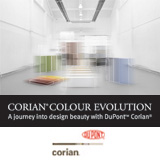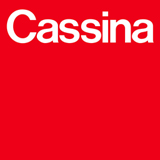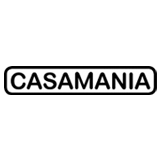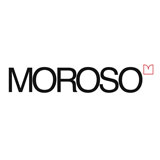A Gilded Age at Architectural Digest
News from the Web
In the early 1980s, when I was an editor at Condé Nast’s House & Garden magazine, my colleagues and I were perturbed by an idée fixe of the company’s legendary editorial director, Alexander Liberman. He kept pressing us to make House & Garden more like Architectural Digest, the Los Angeles-based upstart that, under the editorship of Paige Rense, was fast approaching our once-impregnable circulation figures. He must be going gaga, we thought, as we contemplated the flashy, vulgar interiors in that veritable bible of bad taste, which we called Architectural Disgust.
Alex parried our prissy objections with a Machiavellian riposte. “Architectural Digest,” he assured us, “has the hideousness that will attract.” In retrospect, I have never heard a better definition of nouveau riche American aspirations. But nothing we tried could stem our declining newsstand sales and subscription renewal rates, and in 1983 House & Garden was relaunched to take on AD, as it was familiarly known, and we took on the challenge of producing what we believed to be a better version of that Beast of Beverly Hills.
To cut a long (and very expensive) story short: it didn’t work. As a commercial proposition—which was all that mattered to S.I. Newhouse Jr., or “Si,” Condé Nast’s gnomic board chairman, a true Sphinx without a secret—we could never reverse the conviction among advertisers that AD was the product and we were the competition. “If Si likes Digest so much,” I expostulated after one frustrating editorial meeting, “why doesn’t he just buy the damn thing?” Which is precisely what he did in 1993, keeping Rense on as editor, and immediately closed House & Garden. Although Newhouse revived that magazine three years later, Rense would brook no opposition, and at a New York dinner soon after bragged, “I killed it once, I’ll kill it again.” Her malediction came to pass in 2007, when Newhouse terminated that 106-year-old American institution permanently.
But Si had apprehended the seismic shift then afoot in the upper-income levels of American taste—away from the discreet cultivation of East Coast grandees like the Rockefellers and Mellons (which I’ve called stealth wealth), and toward the unabashed display of new money that characterized the Reagan Revolution, especially on the West Coast and across the Sun Belt, where the operative attitude was “If you’ve got it, flaunt it.” And no magazine reflected that change more accurately than Architectural Digest.
As she approaches her ninetieth birthday next May, Rense—who in 2010 was eased out of her powerful position after four decades as AD’s figures sagged and her then-dated formula became the Madame Tussauds of decorating—takes a stroll down memory lane in a gaudy new compendium, Architectural Digest: Autobiography of a Magazine 1920–2010. Given the relentlessly first-person focus of her otherwise rambling and disorganized text, it might be more accurately subtitled Autobiography of a Magazine Editor. But to the extent that AD was always Paige Rense and Paige Rense was always AD, no further distinction need be made.
continue reading at nybooks.com
purchase a copy of Architectural Digest: Autobiography of a Magazine 1920-2010












